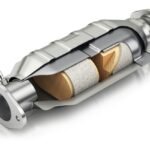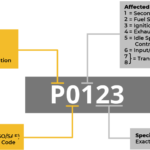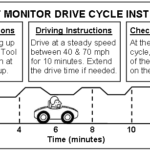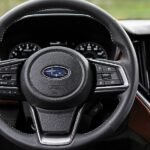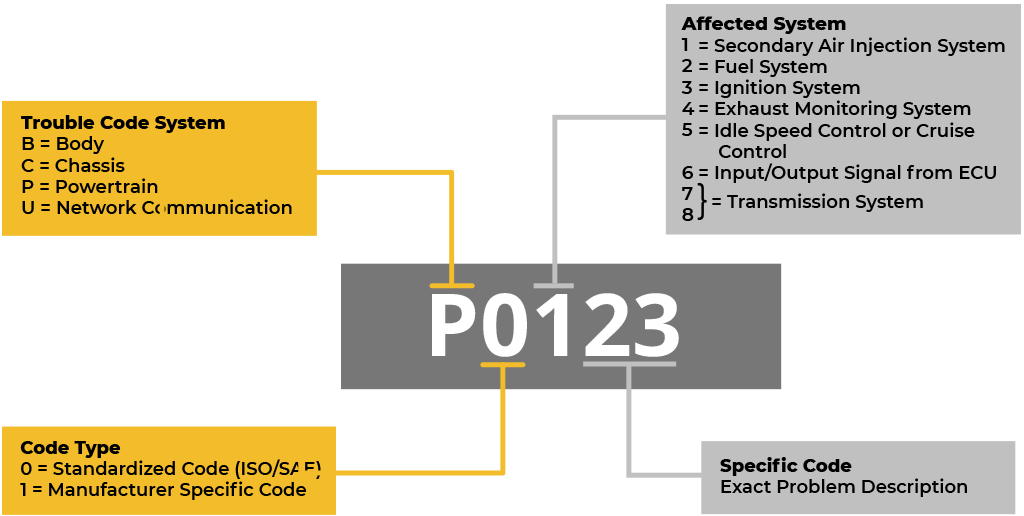
Understanding Subaru OBD-II Trouble Codes P0430
Understanding Subaru OBD-II Trouble Codes P0430
If you own a Subaru vehicle and have recently encountered the OBD-II trouble code P0430, it is important to understand what it means and how to address it. OBD-II trouble codes are diagnostic codes that are generated by the onboard computer system in your vehicle to indicate potential issues with the engine or emissions system. The P0430 code specifically relates to the catalytic converter’s efficiency on bank 2.
What does the P0430 code mean?
The P0430 code indicates that there is a problem with the catalytic converter on bank 2 of your Subaru vehicle. Bank 2 refers to the side of the engine that does not contain cylinder 1. The catalytic converter is an essential component of the exhaust system, responsible for reducing harmful emissions. When the catalytic converter is not functioning efficiently, it can lead to increased emissions and reduced fuel economy.
Possible causes of the P0430 code
There are several potential causes for the P0430 code in a Subaru vehicle. These include:
- A faulty catalytic converter
- Issues with the oxygen sensors
- Exhaust leaks
- Engine misfire or running rich
It is important to note that while the P0430 code specifically points to the catalytic converter’s efficiency on bank 2, the root cause of the problem may lie elsewhere in the engine or emissions system.
Diagnosing and addressing the P0430 code
When you encounter the P0430 code in your Subaru vehicle, it is recommended to take the following steps:
- Inspect the catalytic converter: Check for any visible signs of damage or deterioration in the catalytic converter. If there are any physical issues, such as cracks or leaks, it may need to be replaced.
- Check the oxygen sensors: The oxygen sensors play a crucial role in monitoring the exhaust gases. Ensure that they are functioning properly and replace any faulty sensors if necessary.
- Inspect for exhaust leaks: Exhaust leaks can affect the efficiency of the catalytic converter. Thoroughly inspect the exhaust system for any leaks and repair them accordingly.
- Address engine misfires or running rich: If your engine is misfiring or running rich, it can contribute to catalytic converter issues. Diagnose and address any underlying engine problems to prevent further damage.
It is recommended to consult with a qualified mechanic or Subaru dealership to accurately diagnose and address the P0430 code. They have the necessary tools and expertise to identify the root cause of the problem and perform the required repairs or replacements.
Preventing future occurrences of the P0430 code
While some causes of the P0430 code may be unavoidable, there are steps you can take to minimize the likelihood of it recurring:
- Regular maintenance: Follow the recommended maintenance schedule for your Subaru vehicle, including oil changes, air filter replacements, and spark plug inspections. Regular maintenance can help prevent engine issues that may contribute to catalytic converter problems.
- Use high-quality fuel: Opt for high-quality fuel that meets the manufacturer’s recommendations. Using lower-quality fuel may lead to engine problems and increased emissions.
- Drive responsibly: Avoid aggressive driving habits, such as rapid acceleration and hard braking, as they can put unnecessary stress on the engine and exhaust system.
By following these preventive measures, you can help maintain the health of your Subaru’s catalytic converter and reduce the chances of encountering the P0430 code in the future.
Conclusion
The Subaru OBD-II trouble code P0430 indicates a problem with the catalytic converter’s efficiency on bank 2. It is important to diagnose and address the underlying cause of the code to prevent further damage and ensure optimal engine performance. Regular maintenance and responsible driving habits can help prevent future occurrences of the P0430 code. If you are unsure about diagnosing or addressing the code, it is recommended to seek professional assistance from a qualified mechanic or Subaru dealership.

